As a society, we understand the courage of emergency responders and utility workers who answer the call during natural disasters. Yet, we are largely ignorant of some of the ever-present dangers that these people face on a regular basis.
Any major calamity can create a minefield of hazards: ruptured gas lines, sinkholes, downed power lines. However, even noncatastrophic events can pose a variety of pervasive risks—take floods, for example. Flooding is not rare; 2016 saw the highest number of major floods in the United States since 1980. In Canada, flooding has been called “Canada’s most common and costly natural hazard.” Minor floods are remarkably common, and most townships and municipalities must deal with them on regular basis.
During major floods, debris, and strong currents in deep water present countless risks. However, even knee-deep water can be surprisingly dangerous. The concern isn’t the water itself but what lies beneath it. Underwater, it is very difficult to locate pipes, gas lines, and other potential hazards in a disaster area.
Manholes, for instance, are an often-overlooked source of risk. Even in shallow water, currents and water pressure can easily lift and move manhole covers, leaving dangerous traps for rescue workers. No statistics are kept for manhole falls in North America, but the United States Department of Labor database of accidents has 323 results from 1984 onwards related to injuries and deaths involving the word “manhole.” In India, about five people a day die due to falls into pits and down manholes. Though not all these falls happen during flood conditions, they give a good idea of the potential risks.
Thankfully, technology is coming to the aid of the men and women who work to keep us safe and comfortable.
The mixed-reality-based Meemim visual geographic information system (vGIS) was initially designed to boost the productivity of municipalities and utilities by giving them a way to visualize infrastructure and its associated information. However, in field testing, it was discovered that the vGIS also boosts safety and prevents injuries.
The Meemim vGIS combines Microsoft HoloLens technology, a cloud-based back-end running on Microsoft Azure and ESRI ArcGIS mapping application. This combination of augmented vision, processing power and GIS data gives field staff a real-time view of realistic, accurate, and complete infrastructure information. With the vGIS, users can “see” infrastructure all around them—no matter what challenges the environment sends their way. Information such as the locations of manholes, gas lines, and water mains are holographically projected to blend in within the natural field of view, letting users quickly and safely get to the work that needs to be done.
Municipalities and utility companies have already deployed the Meemim vGIS, and the early feedback has been overwhelmingly positive. Moreover, field trials have uncovered several use cases that are expected to enhance worker safety in situations such as minor floods.
By giving emergency personnel a clear, real-time view of infrastructure location, even if it is hidden underground or submerged in water, the vGIS helps keep workers safe. Instead of walking into a potential trap, field personnel will be able to steer clear of hazards. In seconds, firefighters will be able assess their surroundings before entering a building, rescue teams will be able to see the locations of submerged manholes, and law enforcement teams will be able to avoid underground gas lines while patrolling disaster-stricken areas. The safety aspect makes this technology ideal for use in the emergency management (OEM) space.
But safety applications are only the tip of the iceberg; mixed-reality technology is gaining a strong foothold in the modern work world. ThyssenKrupp, the global elevator company, is using HoloLens to revolutionize the elevator industry. Volvo is deploying HoloLens in its showrooms. It is projected that mixed reality will be the most important technology of 2017. The team at Meemim is working tirelessly to ensure that the technology will go beyond showrooms and demo projects to boost productivity and safety in the workplace.




